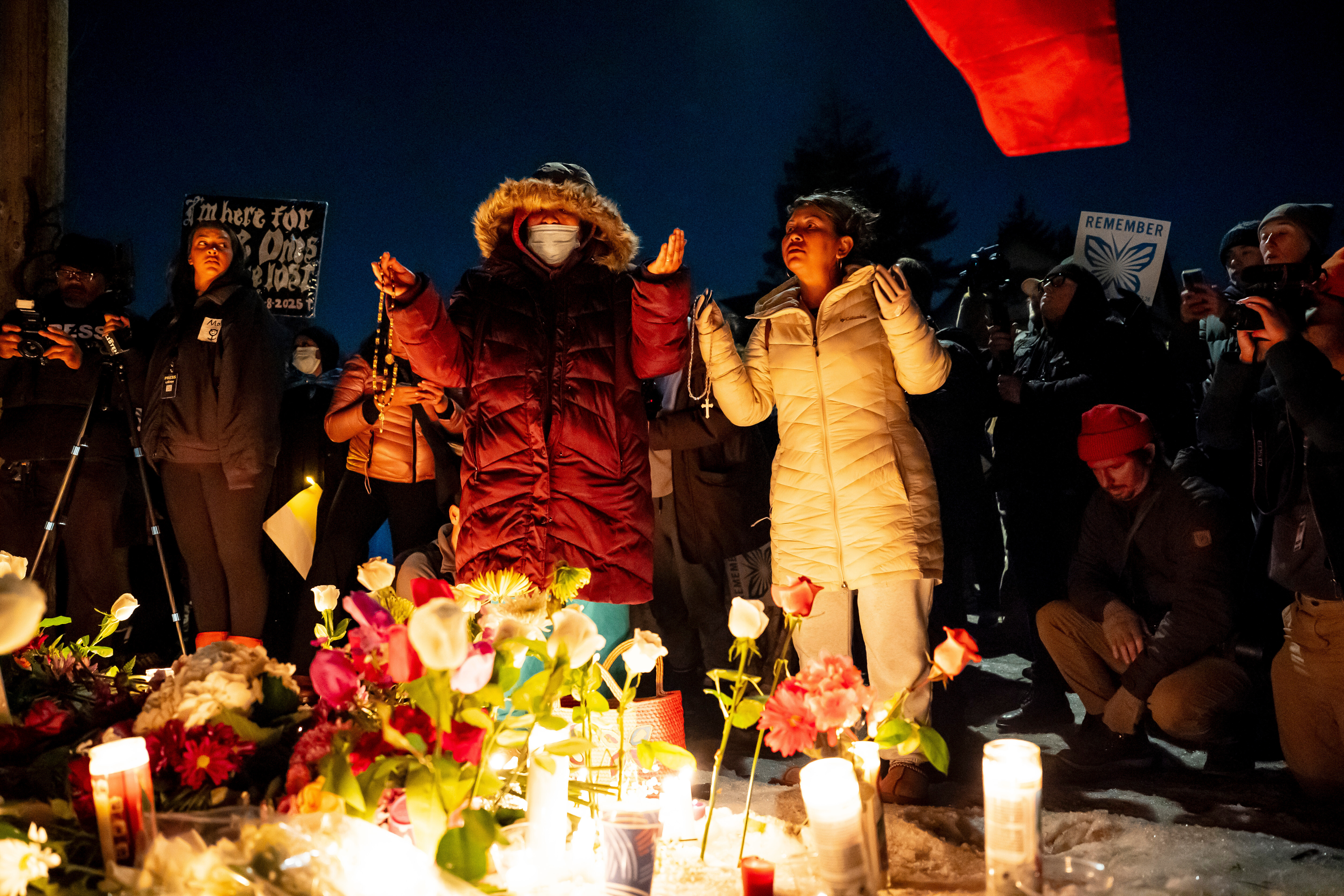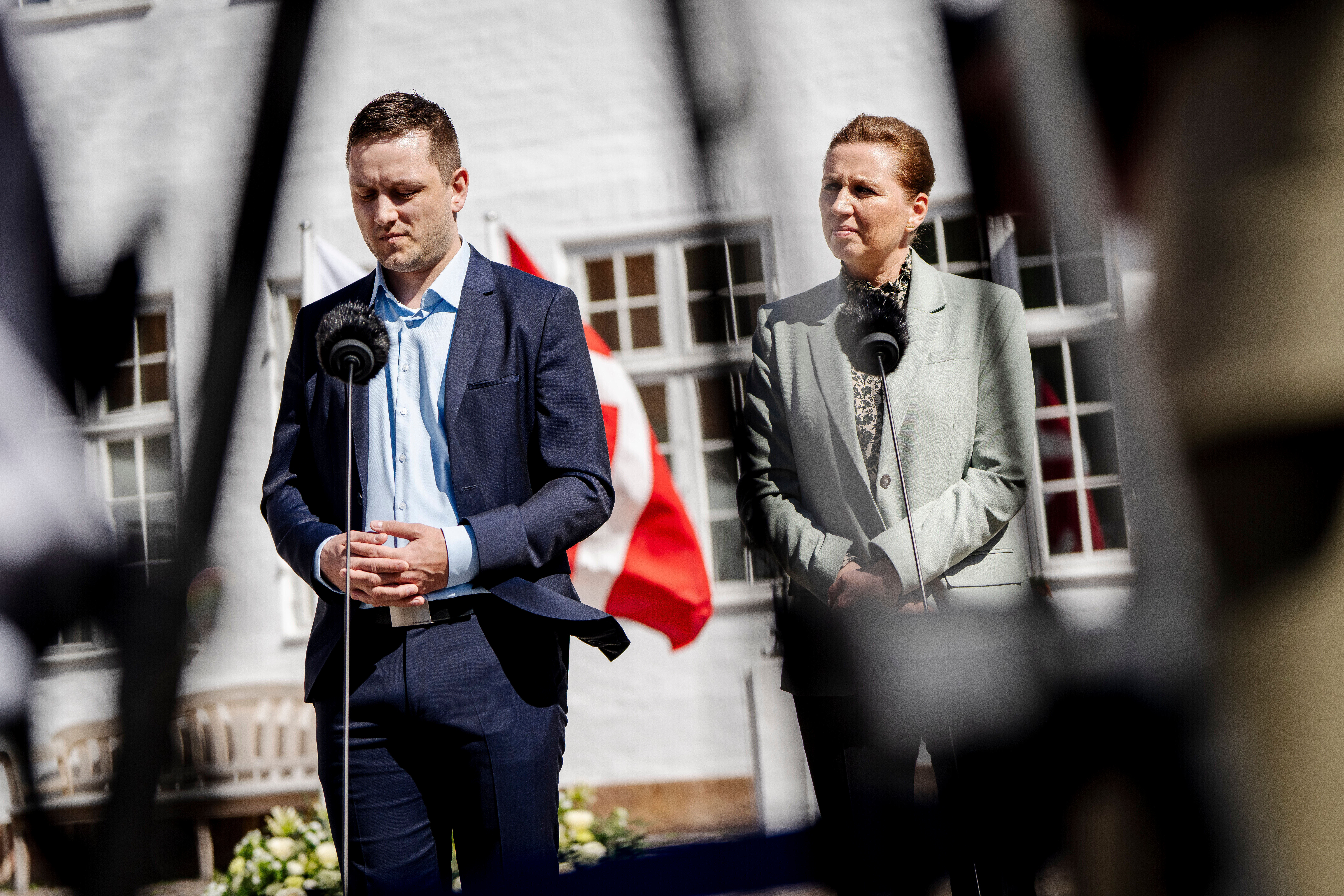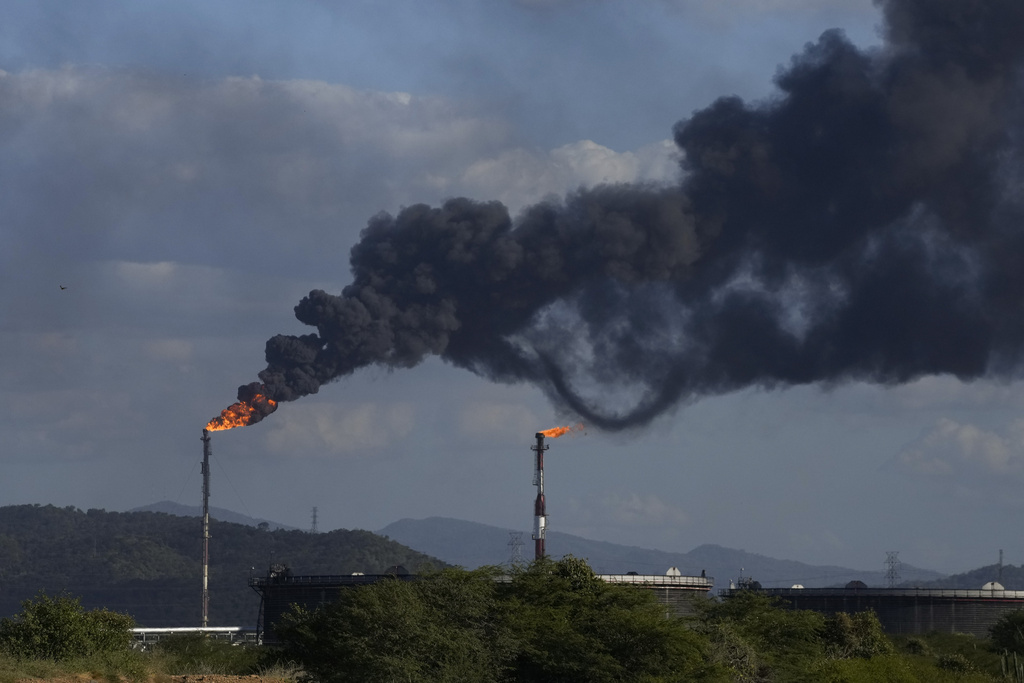Canada will boost its annual defense spending by over 70 percent over the next decade.
The country's defense minister unveiled its new policy called "Strong, Secure, Engaged" on Wednesday.
According to the announcement, Canada has allocated about $18.9 billion Canadian for defense in its 2016/17 budget. It plans to spend $32.7 billion Canadian in 2026/27.
And that will likely make one world leader very happy.
"We must also ensure that NATO members meet their financial obligations and pay what they owe. Many have not been doing that," President Trump said during a joint press conference with NATO Secretary General Jens Stoltenberg on April 12.
And, during a May 25 NATO summit, Trump said: "Many of these nations owe massive amounts of money from past years and not paying in those past years."
President Trump and members of his administration have repeatedly called on NATO member nations to boost their military spending. U.S. Secretary of Defense Jim Mattis welcomed Canada's announcement Wednesday.
In 2006, NATO member countries agreed to each spend a minimum of 2 percent of their GDPs on defense.
Besides the U.S., only four other countries in NATO reached or exceeded that threshold in 2016.
There are 28 countries in NATO, though NATO only lists the defense spending as a share of GDP for 27 countries. Iceland doesn't have a standing army, and thus military spending as a share of GDP can't be calculated. Iceland does make a financial contribution to the alliance.
Canada has only been paying around 1 percent of its GDP — less than most of the other countries.
But based on our math, even with the boost, Canada may not meet the 2 percent minimum.
The new defense policy calls for the replacement of its CF-18 fighter aircraft fleet with 88 new ones.
It also allocates funding for 15 new ships as part of the Canadian Surface Combatant project.
And it will create more than 100 new intelligence positions and more than 1,100 new positions in the civilian workforce.
Over the next 20 years, Canada also plans to invest $1.6 billion Canadian into a new program called Innovation for Defence Excellence and Security.




 What Trump And The Rest Of NATO Want From Each Other
What Trump And The Rest Of NATO Want From Each Other






